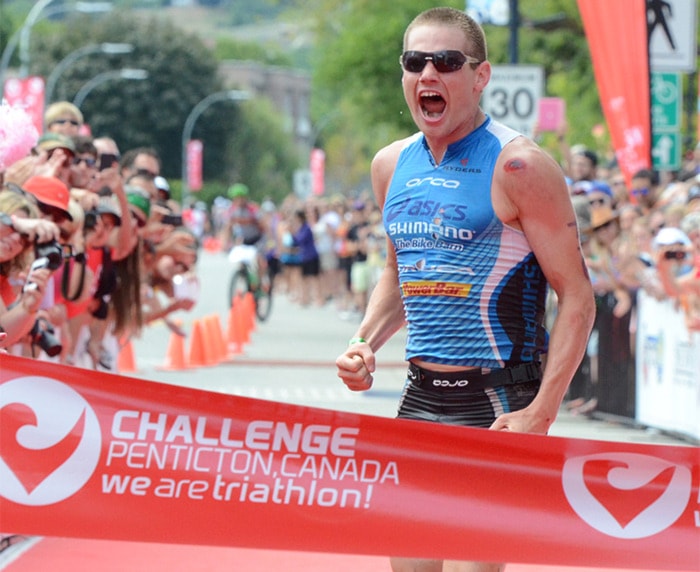Building the Challenge Penticton brand remains a top priority for organizers trying to push the race into profitability, but a local marketing expert said increasing the event’s profile will be a marathon not a sprint.
The Penticton Triathlon Race Society revealed last week the inaugural event in 2013 lost $377,000 and attracted only 920 athletes, about a third of the number that participated in the final Ironman Canada.
In an abbreviated annual report provided to the media, the society acknowledged the race, under licence from the Germany-based Challenge Family, had “little to no brand value" in Canada.
“We had various conversations around that, and that is, the Challenge brand hasn’t been heavily recognized as we were the first race in North America,” society president Paulette Rennie told reporters.
“We’re a brand new race, so we have to raise our profile.”
To help build community support, the race has launched a Challenge Club to increase buy-in from local businesses and stepped up efforts to attract corporate sponsorships.
And to attract more athletes, it’s working with triathlon clubs in B.C., Alberta and the U.S., and has top-tier professionals serving as race ambassadors.
“We have to put extra effort on raising that brand awareness when people say, ‘What is Challenge?’” Rennie said.
An Okanagan College marketing professor agrees it’s the right strategy, but noted it’s one that requires patience.
“The development of a brand from a sports marketing perspective is easily, in my view, a five- to 10-year plan,” said Dr. Blair Baldwin, who teaches applied sports and event marketing at the Okanagan School of Business
He said Challenge Penticton is in the same boat as wine festivals, which took time to develop a following.
“They’ve hit their stride, but they’ve hit their stride after a number of years of hard work,” said Baldwin.
He supported the view that race organizers need to focus on building registration numbers, but noted community support is equally important.
“With the support of local businesses comes the support of locals, because the corollary is there’s a strong regional or local economic impact,” he said, but “sometimes it takes awhile for people to be convinced of it.”
Challenge Penticton estimated its economic impact at $5.7 million in its first year, but did not provide details of its calculations.
A key selling feature of the Challenge Family brand is a preference for the race to be organized by a local non-profit that can return its share of profits to the community.
The Penticton Triathlon Race Society expects it will take five years for the event to make money, and in the meantime has secured a $200,000 line of credit with city backing to help stay afloat.
Baldwin said a non-profit with the right leaders in place stands as good a chance of succeeding as a private entity with deep pockets.
“The biggest challenge in not-for-profit versus profit is: Do you have skilled business people running the not-for-profit agencies?” Baldwin said.
“A not-for-profit can do just as a fine a job, so long as you’re managing your event marketing and sports marketing as a business.”
